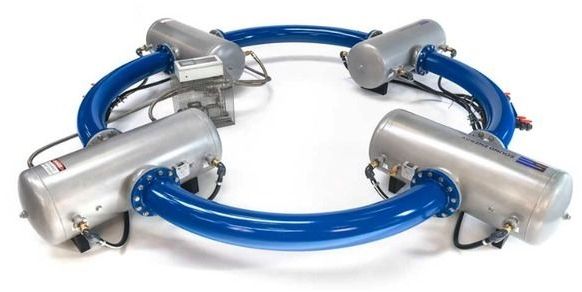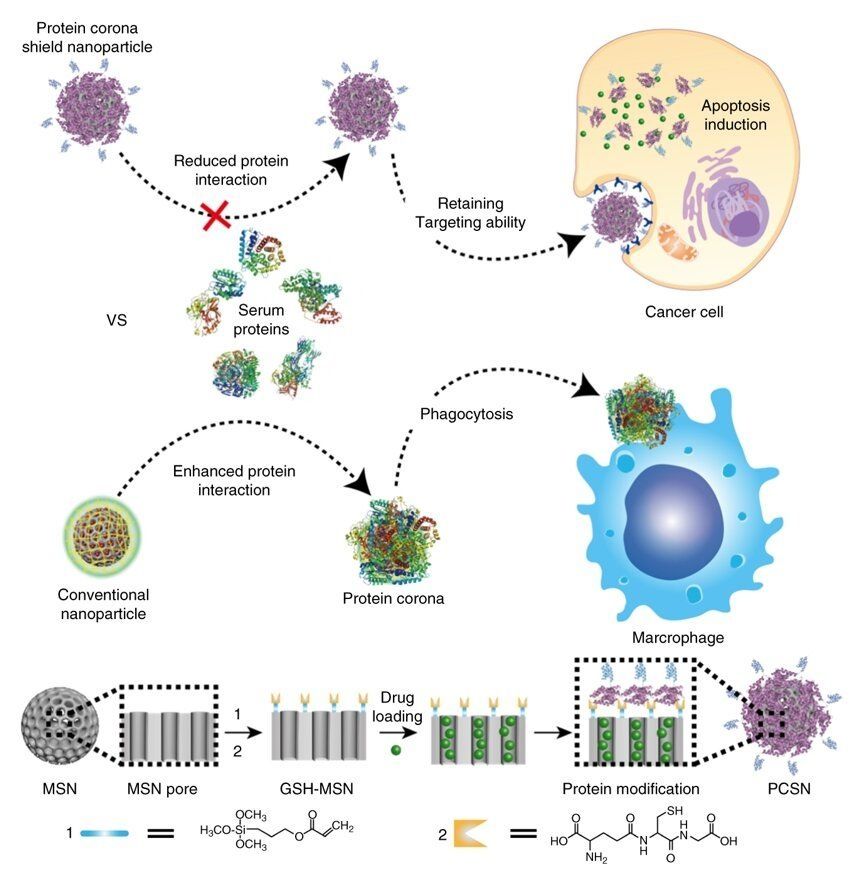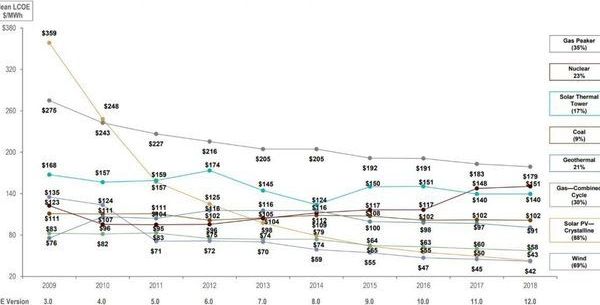Blockchain shows major potential to drive positive change across a wide range of industries. Like any disruptive technology, there are ethical considerations that must be identified, discussed, and mitigated as we adopt and apply this technology, so that we can maximize the positive benefits, and minimize the negative side effects.
Own Your Data
For decades we have sought the ability for data subjects to own and control their data. Sadly, with massive proliferation of centralized database silos and the sensitive personal information they contain, we have fallen far short of data subjects having access to, let alone owning or controlling their data. Blockchain has the potential to enable data subjects to access their data, review and amend it, see reports of who else has accessed it, give consent or opt-in / opt-out of data sharing, and even request they be forgotten and their information be deleted.
Monetize Your Data








